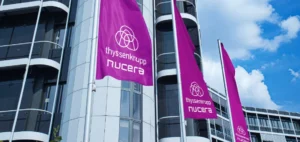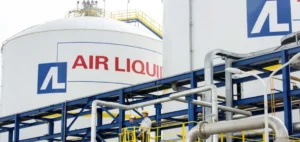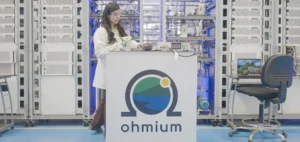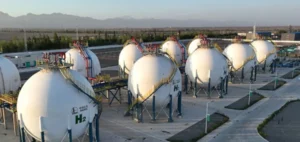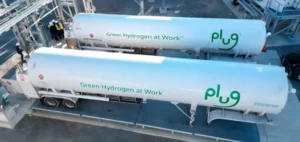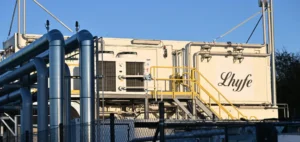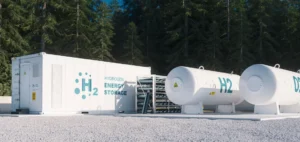If green hydrogen is to become a major source of energy in the global energy mix, it will require considerable investment. The aim is to reduce costs. In order to replace some fossil fuels with renewable hydrogen. Focus on green hydrogen: the ins and outs of the hypothetical energy of the future.
Green hydrogen: the promise of carbon-free energy
Strictly speaking, hydrogen is not an “energy”, but an energy carrier enabling energy transfers. It is therefore a type of energy storage that acts as an interface between the energy source and its final consumption. In this way, it reduces the problem of the intermittency of renewable energies (RE). It allows surplus electricity to be stored and re-injected into the grid if necessary.
What’s more, its “re-transformation” into electricity via fuel cells means it can be used as fuel for electric motors available at service stations. To do this, it has a high calorific power: 1kg of hydrogen is enough to cover a distance of around 100km. For the same weight, its calorific value is three times greater than that of gasoline.
It can also be used to produce heat or cold for industry. Also for heating and cooling buildings. Hydrogen and its isotopes are also used as fuel for nuclear fusion.
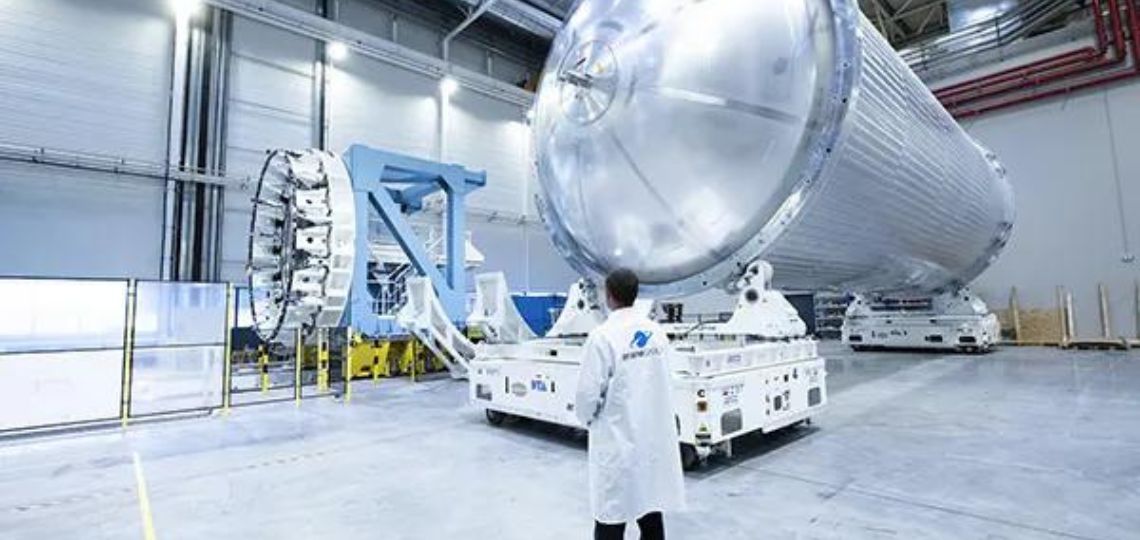
75% of the mass of the Universe
The advantage of hydrogen (H) is that it is extremely widespread. It’s even the most common atom, making up 92% of matter and 75% of the mass of the Universe. It’s also the simplest atom: 1 proton and 0.1 or 2 neutrons, depending on the isotope. It is also the lightest atom.
On the other hand, on Earth, hydrogen is practically non-existent in its pure state. It is therefore always combined with other elements. It often combines with oxygen (O) to form water (H2O).
Some notable drawbacks
On the other hand, hydrogen also has a number of disadvantages inherent in its properties.
What’s more, its low density of around 90mg/m3 makes it difficult to store in large quantities on a mobile basis. Its small size relative to other atoms also calls for exceptionally tight storage conditions. Also, its flammability is still an obstacle today.
Finally, the cost of producing green hydrogen is still very high. Too expensive to imagine total replacement of fossil fuels within 10 to 30 years.
Reduce green hydrogen production costs
According to a 2019IEA report, green hydrogen produced by water electrolysis is three times more expensive than methane steam reforming or thermolysis techniques, for example. As a result, over 98% of the hydrogen produced is fossil fuel-based. It is then said to be “grey”.
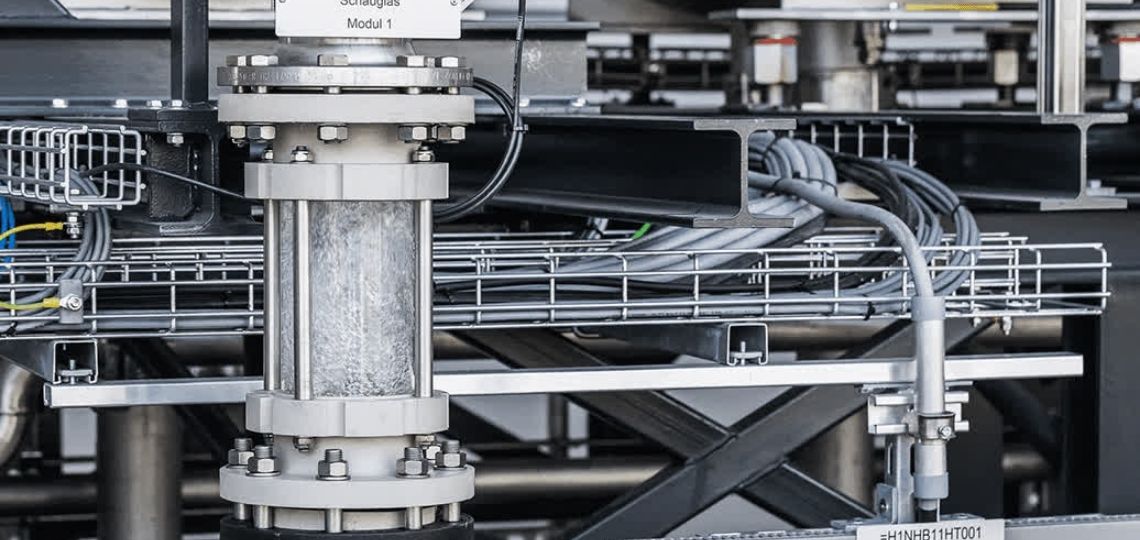
A kilo of hydrogen at $1 in 2050?
On the other hand, according to a study by BloombergNEF, the water electrolysis process could eventually become more competitive. By 2050, hydrogen from water electrolysis could cost between $1.6 and $0.70/kg. But to reach a sales price of $1 to $2/kg in 2050, investment needs to increase considerably.
Currently, storage in high-pressure cylinders remains the cheapest storage technique ($0.19/kg). Ahead of underground storage in salt caverns ($0.23/kg). The first technique is not suitable for storing large quantities, while the second is not mobile.
As far as transport is concerned, pipelines are currently the cheapest form of transport, ahead of ships. But using the gas network raises a number of geopolitical issues. Like the tensions surrounding the Nord Stream 2 project.
Implement strong policies geared to the energy transition
Generally speaking, green hydrogen production can only be achieved at the cost of sustained energy policies. According to BloombergNEF, this will amount to €150 billion a year until at least 2030.
At the same time, the price of carbon must also evolve if we are to decarbonize the industries that are hard to decarbonize. According to BloombergNEF, the tonne of CO2 equivalent will have to reach $50 for the steel industry. Or $116 for gas-fired electricity.
In the same vein, if policies follow suit, hydrogen for heavy road mobility could be cheaper than diesel by 2031. This would democratize the use of electric vehicles.
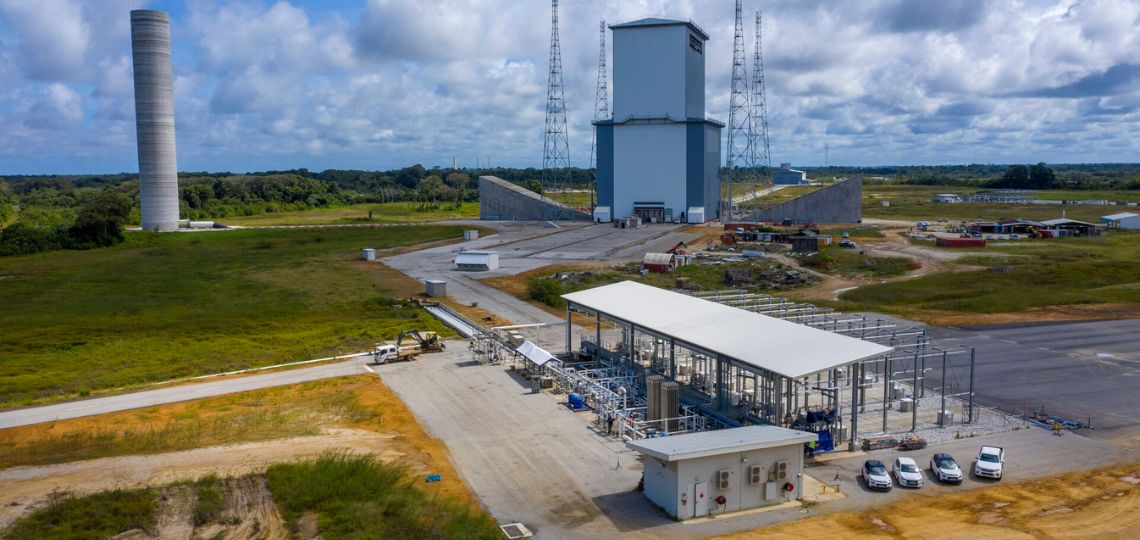
Massive development of renewable energies
Finally, to develop hydrogen, we also need a well-developed renewable energy industry. In some countries, however, the geographical configuration does not lend itself to the deployment of solar panels, wind turbines or dams. This is the case, for example, in Germany, China, Korea and Japan.
Conversely, in Brazil or the United States, hydrogen could be decarbonized and very competitive: less than $1/kg.
24% of the energy mix by 2050?
Eventually, if all the conditions are right, BloombergNEF estimates that 700 million tonnes of renewable hydrogen could be produced by 2050. This represents 24% of the energy produced in a scenario where global warming is limited to 1.5 degrees. But for this to happen, investment in renewable hydrogen needs to reach over $11,000 billion by 2050.
Sales of green hydrogen could also reach $700 billion a year by 2050. But in this scenario, 31,320 TWh of electricity from renewable sources will be needed. That’s more than all the renewable energy currently produced worldwide.
The condition for the future: incentive or even binding mechanisms
Ultimately, hydrogen will only truly become the energy of the future if considerable political and economic incentives are developed. Some of these, notably those concerning carbon dioxide emissions, will even have to be legally binding. Together, these mechanisms will provide a concrete response to the challenges of the energy transition.
Today, many countries and organizations have put in place roadmaps to achieve carbon neutrality by 2050 or 2060. At the heart of these, renewable hydrogen tends to occupy a predominant place.
All the more so as it motivates the large-scale development of renewable energies. Or at least green, low-carbon energies like nuclear power. But also carbon capture and storage technologies.




